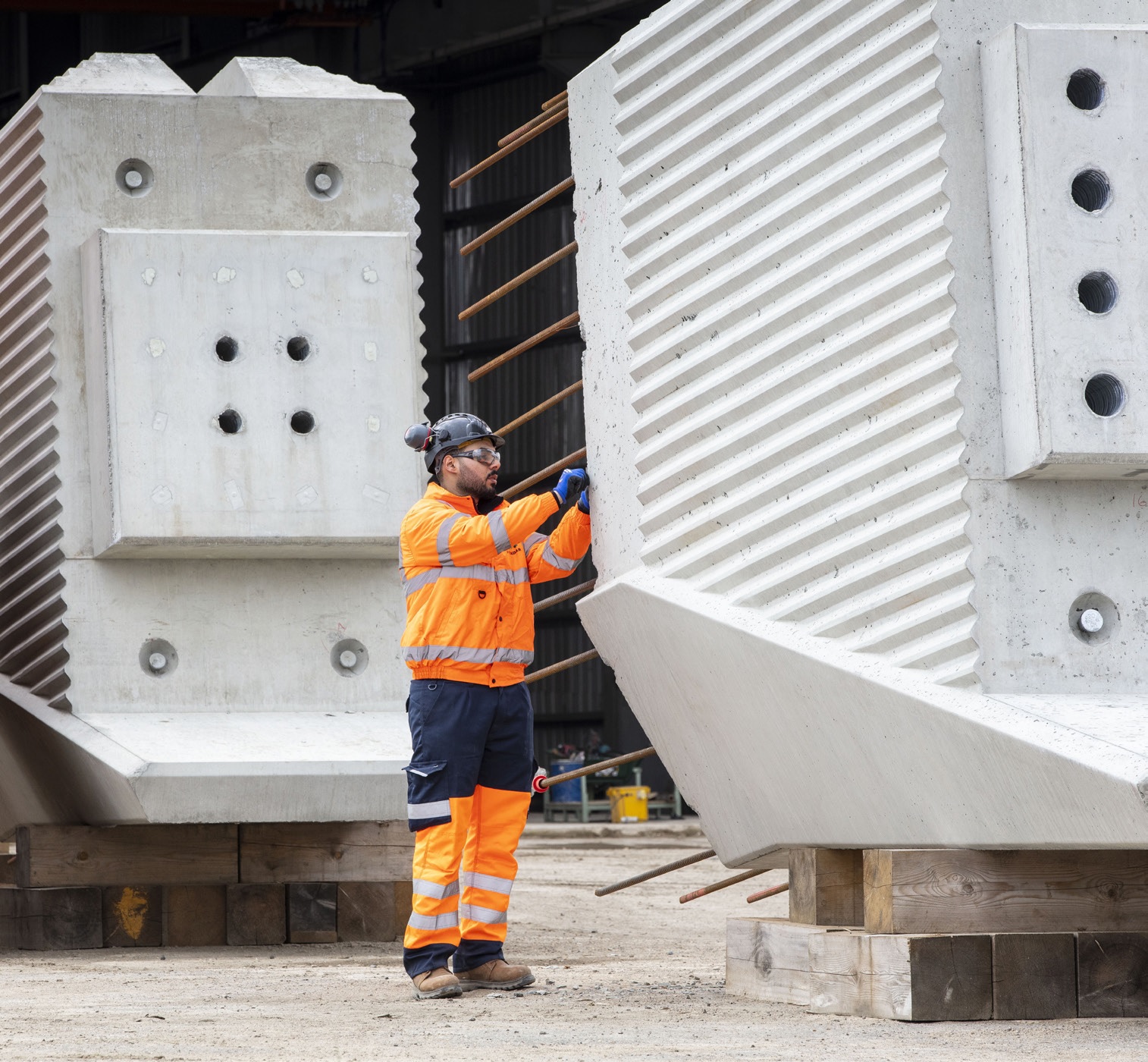Global challenges such as climate change, the advent of autonomous vehicles and increasing consumer demand pose challenges to our designs in anticipating how performance requirements will change and increase over the lifetime of the asset.
Climate change increases flood and scour risk and consumer demand increases freight and vehicle loading – all have implications for bridges unless they are built with future performance in mind.
Improved knowledge about materials, guidance on how to design and build bridges that are durable, adaptable and easy to maintain, and the introduction of construction techniques that enable bridges to be built to higher quality standards make it possible to create structures that will perform better than they have in the past.
New transport infrastructure is essential to open up new links and make journeys easier, but bridges of the future will need to be efficient structures, adaptable to change of use and resilient to environmental factors.
KEY THEMES
Since 1949 motor vehicle traffic has increased more than ten-fold from 28.9 to 327.1 billion vehicle miles, largely driven by steady growth in car traffic.
Volume of traffic made of lorries with four or more axles was 44% higher in 2017 than in 1997.
Without adaptation measures, climate change is expected to cause an almost six-fold increase in river flood damage in Europe by 2100, costing some €44 billion per year, and affecting half a million people.
Analysis by Network Rail shows that structures currently experience a potentially high consequence failure every 5.2 weeks.

Precast units for the Thame Valley Viaduct (HS2 Ltd)
AREAS FOR DEVELOPMENT
Predicting future needs
- Climate change research and impact analysis
- Adaptable bridges that facilitate change of use
- Adapting bridges for future transport technology – autonomous vehicles, alternative fuels, embedded sensors
Improving quality of design and build
- Improved standards for design and assessment
Designing with maintenance, repair and deconstruction in mind
Using techniques such as off-site manufacture and precasting
Exploiting self-healing, high strength, low maintenance materials
Using BIM in the operational phase
